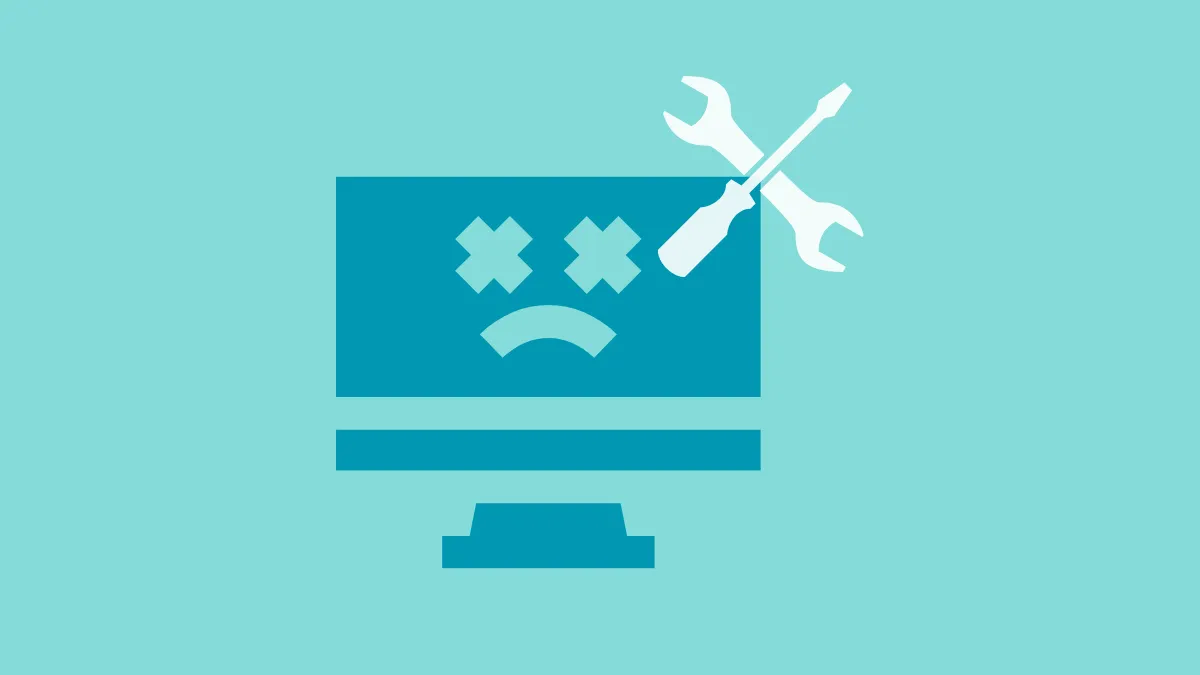Experiencing frequent game crashes on your Windows 11 PC can be incredibly frustrating, especially during critical moments in gameplay. Persistent crashes not only interrupt your gaming experience but also leave you searching for solutions. Thankfully, by addressing common underlying issues, you can often resolve these crashes and get back to enjoying your games seamlessly.
Update graphics card drivers
Outdated or corrupted graphics drivers are a common cause of game crashes. Ensuring your graphics card drivers are up to date can significantly improve game stability and performance.
Update drivers through Device Manager
- Press the Windows key and type
Device Manager. Click on the Device Manager app from the search results.

- In the Device Manager window, expand the Display adapters section.
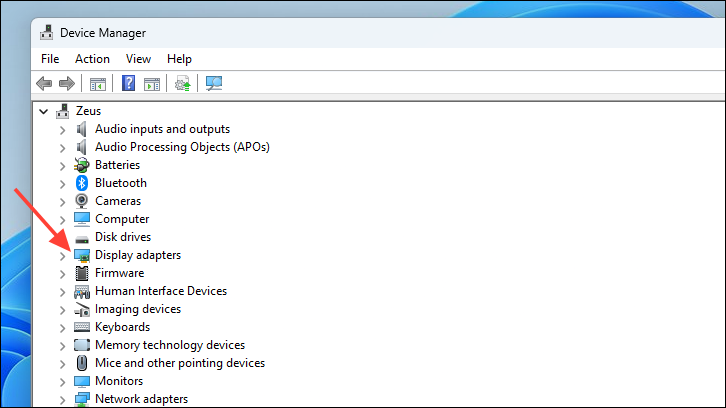
- Right-click on your graphics card and select Update driver.

- Choose Search automatically for drivers to let Windows find the latest driver. Alternatively, if you have the driver file, select Browse my computer for drivers and locate it.
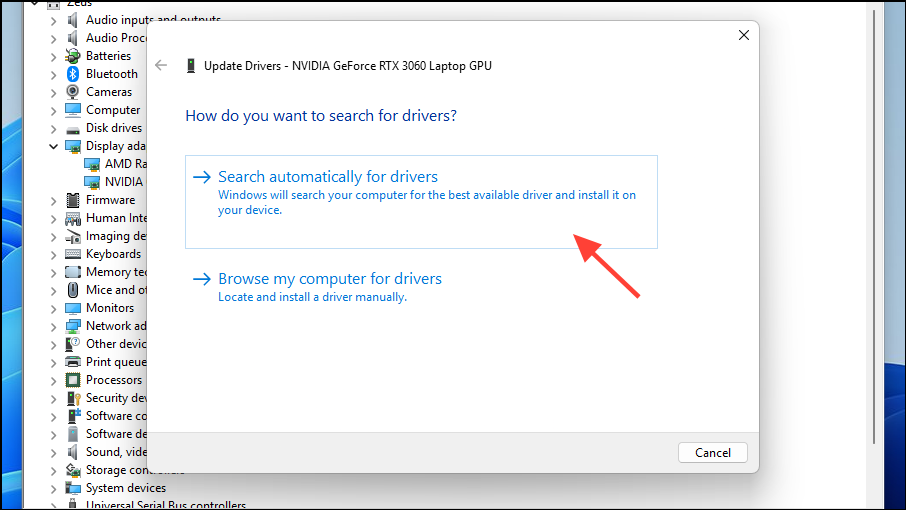
Update drivers through Windows Update
- Open the Start Menu and click on the Settings app.
- Navigate to Windows Update in the left sidebar.

- Click on Check for updates at the top right.
- If updates are available, click Download & install or Restart now.

- If no updates are found, select Advanced options.
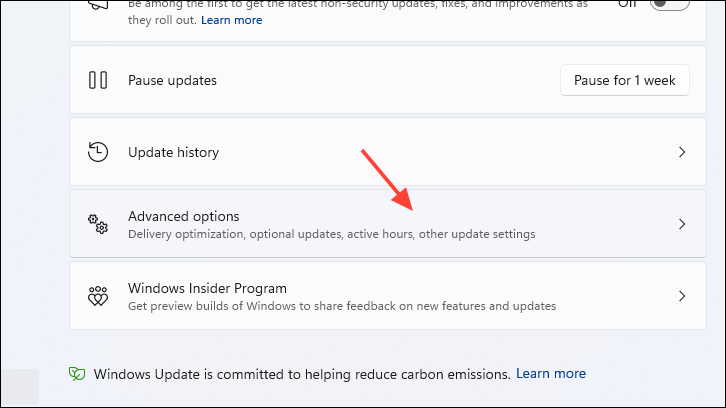
- Click on Optional updates. Driver updates may be listed here.
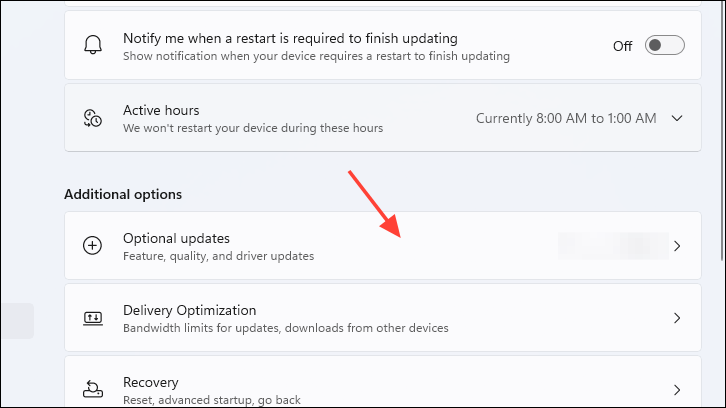
- Select the driver updates and click Download & install.
Update drivers from manufacturer website
You can also download the latest graphics drivers directly from the manufacturer's website for the most recent updates.
- Visit your graphics card manufacturer's website (e.g., Nvidia Drivers Download).
- Select your graphics card type and series from the available options.
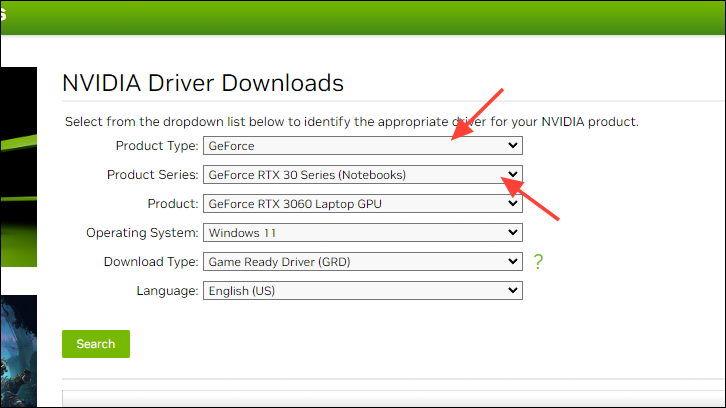
- Choose your graphics card model from the Product dropdown.
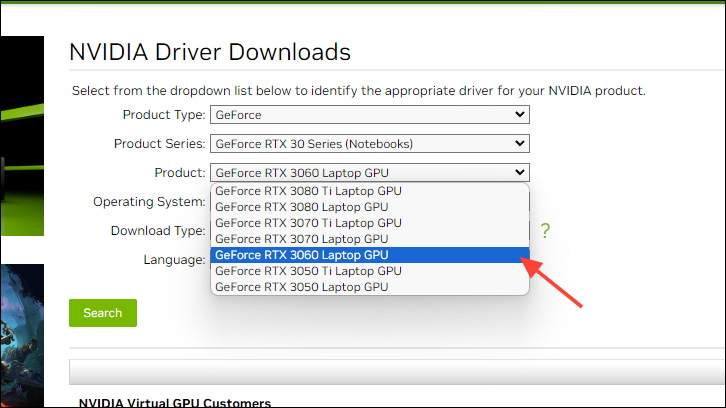
- Select Windows 11 under the Operating System dropdown.

- Choose your preferred language and click on Search to find available drivers.
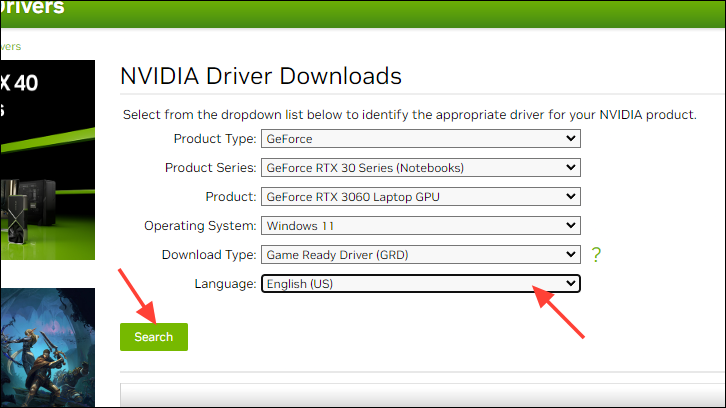
- Download and install the latest driver following the on-screen instructions.
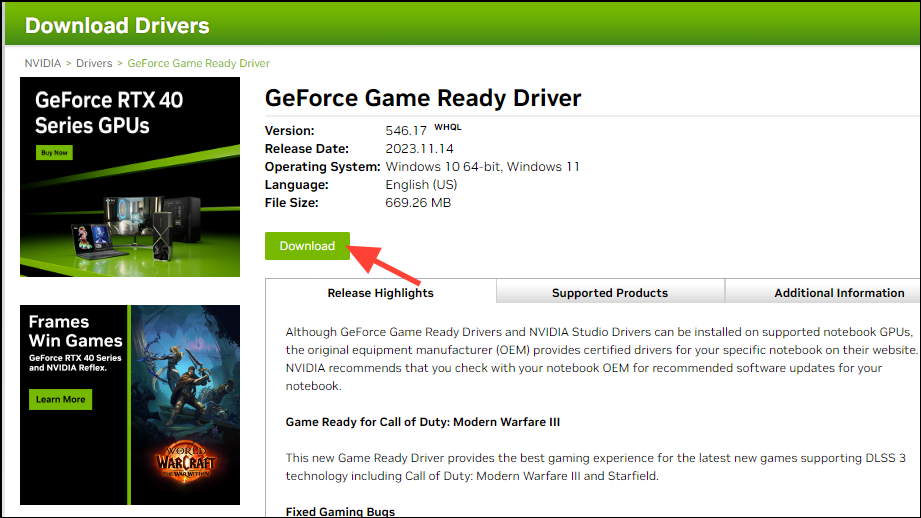
If you're unsure of your graphics card model:
- Press Windows+R to open the Run dialog. Type
dxdiagand press Enter.

- In the DirectX Diagnostic Tool, go to the Display tab to view your graphics card details.
- If you have multiple graphics cards, select the appropriate tab.
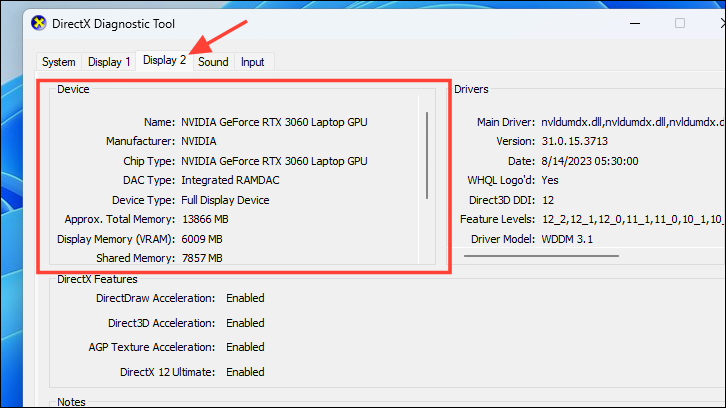
Verify game files integrity
If you're experiencing crashes with a specific game installed via Steam, verifying the game's files can resolve issues caused by corrupted or missing files.
- Open Steam from the Start Menu or desktop shortcut.
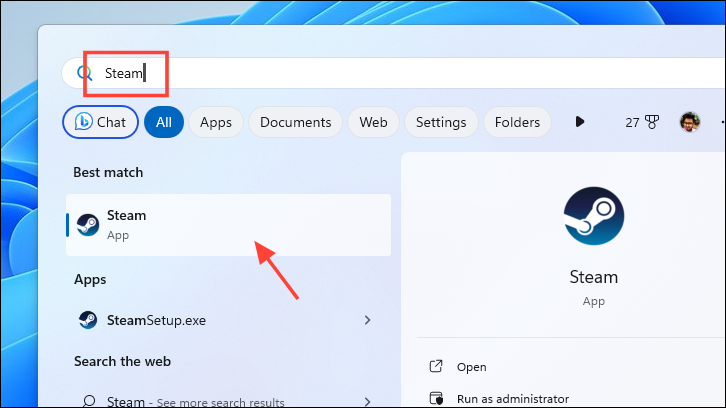
- Go to your Library and right-click on the game that's crashing. Select Properties.
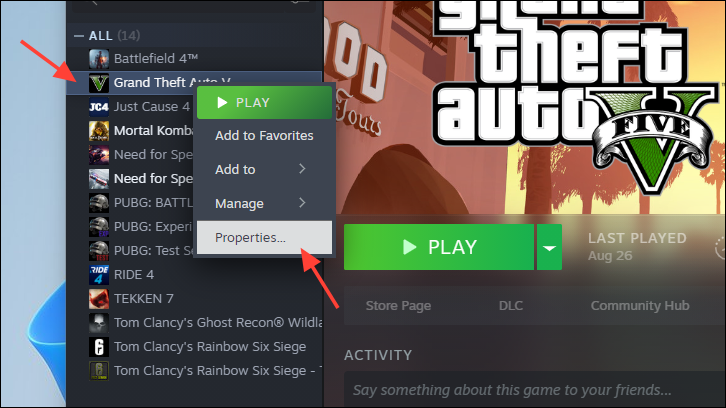
- In the Properties window, click on Local Files in the left sidebar.
- Click Verify integrity of game files.

Update Windows to the latest version
Keeping Windows up to date ensures compatibility with the latest games and drivers.
- Open the Start Menu and select the Settings app.
- Click on Windows Update in the left sidebar.

- Click Check for updates.
- If updates are available, click Download & install or Restart now.

Run DISM and SFC scans
Corrupted system files can cause instability in games. Running DISM and SFC scans can repair these files.
- Press the Windows key and type
Terminal. Right-click on Terminal and select Run as administrator.

- In the Terminal window, click the arrow icon and select Command Prompt.
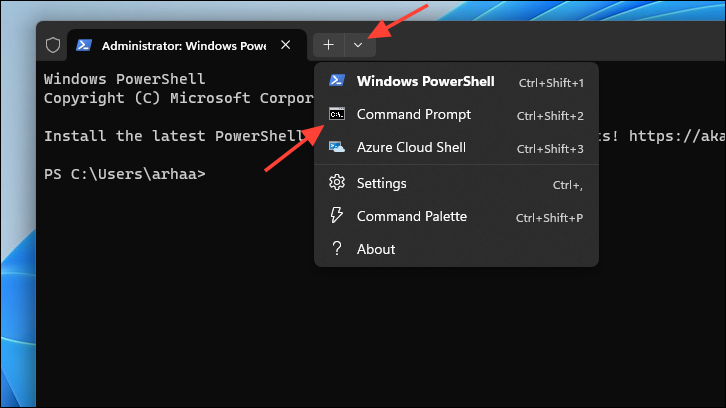
- Type the following command and press Enter:
DISM /Online /Cleanup-Image /RestoreHealth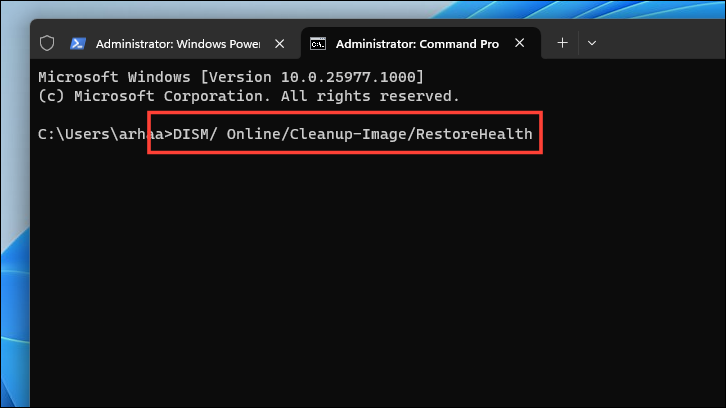
- Once the DISM scan is complete, type the following command and press Enter:
SFC /scannow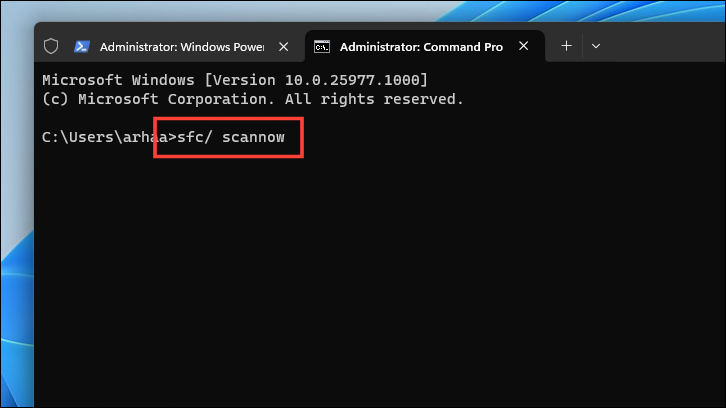
- After the scans finish, restart your PC.
Run CHKDSK scan
The CHKDSK command checks the disk for errors and fixes bad sectors that may cause games to crash.
- Press the Windows key and type
Terminal. Right-click on Terminal and select Run as administrator. - In the Terminal window, click the arrow icon and select Command Prompt.

- Type the following command and press Enter:
chkdsk /f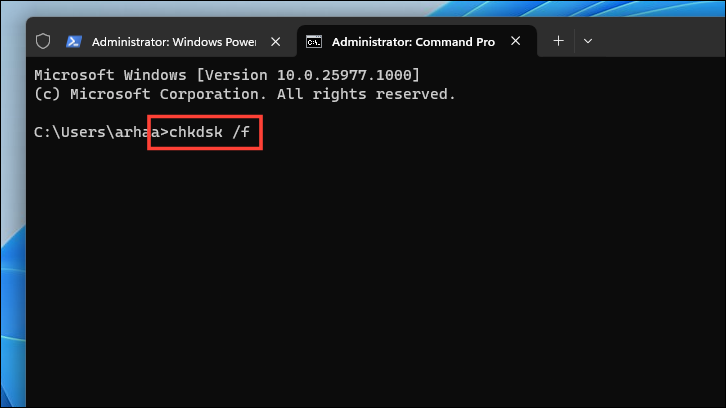
- Press Y to schedule the scan at the next restart, then restart your PC.
Run Memory Diagnostic Tool
Faulty RAM can cause system instability and game crashes. Using the Windows Memory Diagnostic tool can help identify memory issues.
- Press the Windows key and type
Memory Diagnostic. Click on Windows Memory Diagnostic.

- Select Restart now and check for problems to begin the scan immediately, or choose Check for problems the next time I start my computer to schedule it.

Launch the game in compatibility mode
Running older games in compatibility mode can resolve crashes caused by compatibility issues.
- Right-click on the game's shortcut or executable file and select Properties.
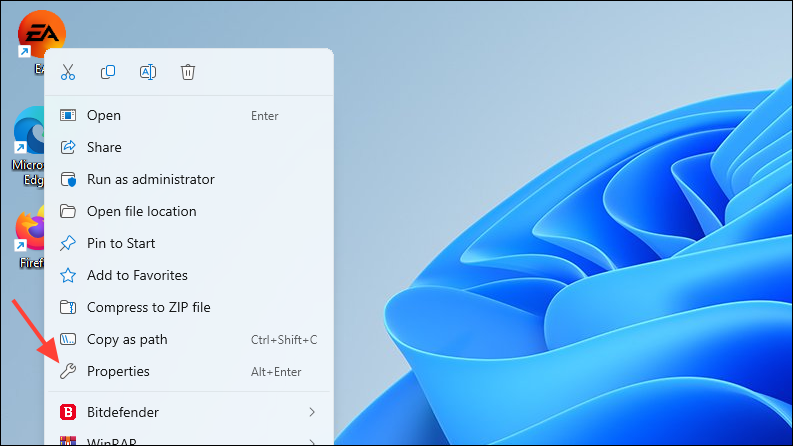
- Go to the Compatibility tab.
- Check the box for Run this program in compatibility mode for and select a previous version of Windows from the dropdown.
- Click Apply, then OK.
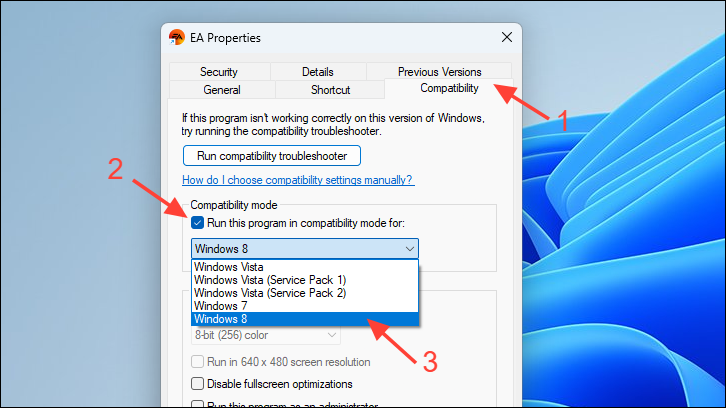
Close all other applications
Running multiple applications can consume system resources and cause games to crash. Closing unnecessary programs frees up memory and processing power.
Disconnect external peripherals
Sometimes, externally connected devices can interfere with game performance. Disconnect any non-essential peripherals such as printers, external drives, or additional monitors, and see if the issue persists.
Roll back to a system restore point
If crashes began after a recent update or software installation, rolling back to a previous system restore point can help.
- Open the Control Panel and select Recovery.
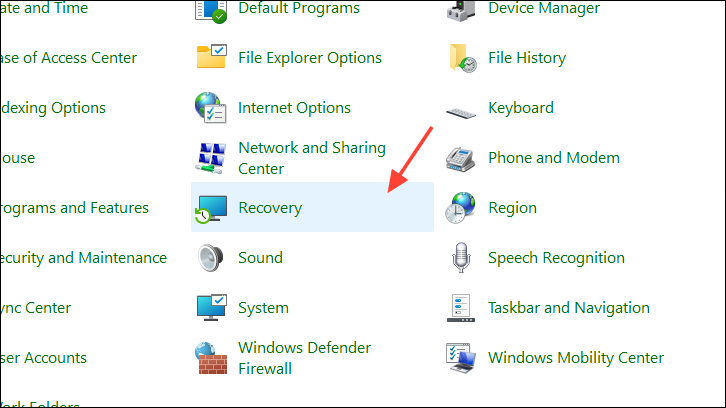
- Click on Open System Restore.

- Click Next and choose a restore point from before the issue started.
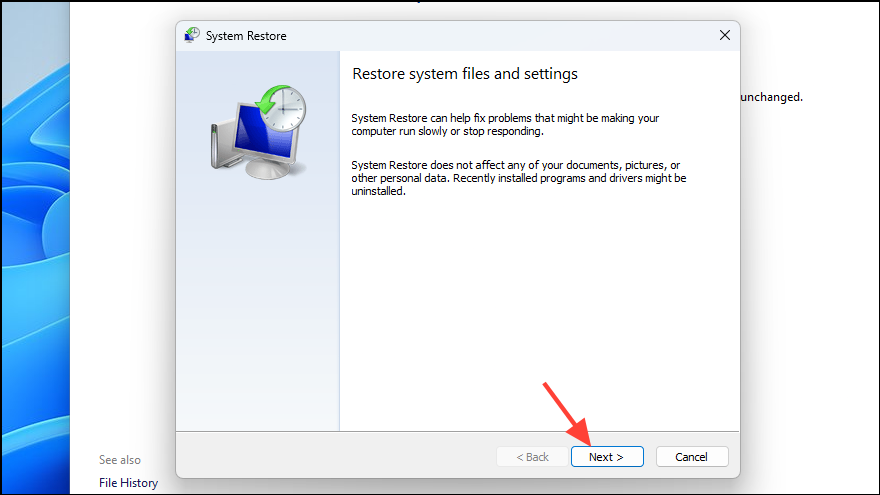
- Click Scan for affected programs to see which applications will be impacted.
- Review the information and click Close.
- Click Finish to begin the restoration process.

Persistent game crashes can severely hinder your gaming experience, but by following these methods, you can troubleshoot and resolve the underlying issues, restoring your PC to optimal performance for uninterrupted gameplay.

